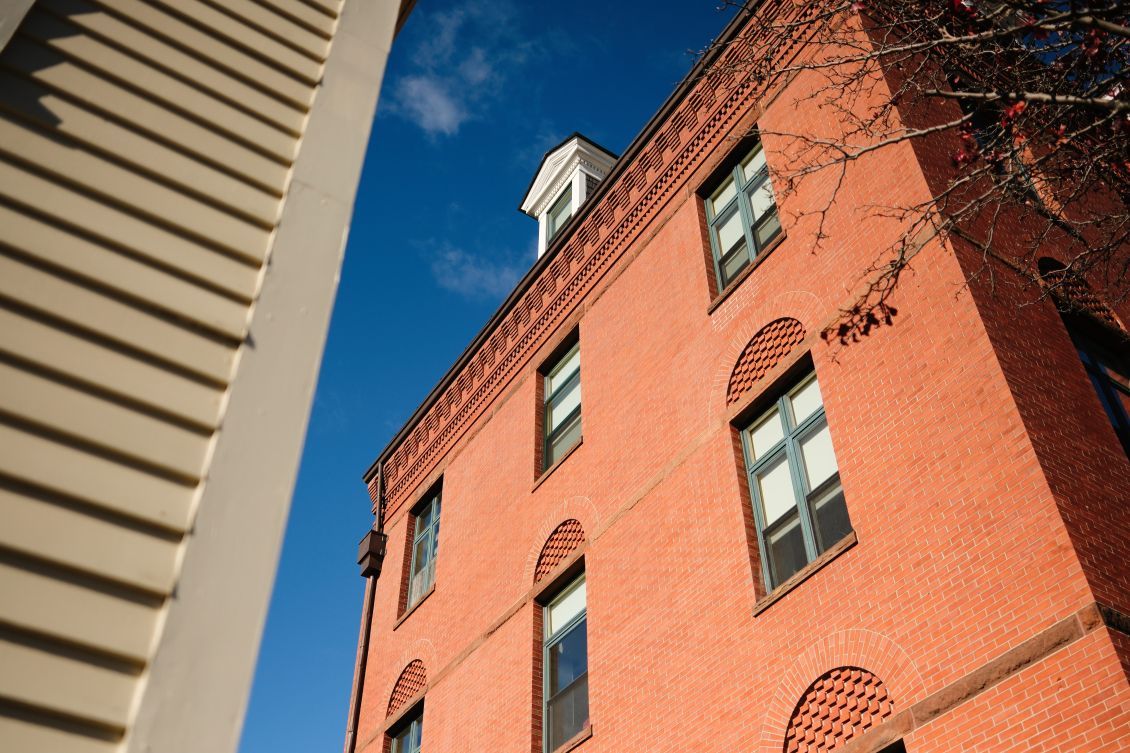Six years ago, Washington, D.C., sought to halve greenhouse gas emissions and energy consumption when it introduced Building Energy Performance Standards (BEPS). D.C.’s first benchmarking law required owners of private buildings over 50,000 square feet to report energy and water use in 2013. The BEPS program built on this foundation, shifting to mandatory performance outcomes based on Energy Star scores or site energy use intensity (EUI) reductions.
Recognizing that affordable housing operators face unique BEPS compliance challenges, D.C. launched the Affordable Housing Retrofit Accelerator to provide enhanced technical assistance and financial incentives, including no-cost energy audits, regulatory compliance assistance, and support with long-term retrofit planning. The accelerator can cover 70% to 100% of retrofit costs, enabling owners and operators of affordable housing to implement upgrades and meet energy standards without passing the costs on to residents.
According to Philip Haddix of the D.C. Sustainable Energy Utility, the program has helped over two dozen affordable multifamily buildings achieve meaningful energy savings while keeping homes affordable.
“Programs like AHRA are a powerful complement for making building energy performance standards both equitable and effective,” says Haddix.
Meeting the Moment
The nation’s capital was one of the first jurisdictions to enact building performance standards – BPS, or outcome-based policies that require buildings to verifiably meet energy or energy performance targets. Today, they’re part of a national movement driving toward long-term sustainability and a zero-emissions future.
In 2022, the White House launched the National Building Performance Standards (BPS) Coalition, a new group of state and local governments committed to equitable decarbonization through building performance programs and policies.
Thirteen coalition members have passed BPS, while dozens of other cities have committed to passing BPS, according to the Institute for Market Transformation. Across the U.S., these policies are gaining momentum with state and local governments tailoring programs to reflect their unique needs, goals, and priorities.
Performance Targets
While all BPS policies share the goal of improving building performance, program details vary by several factors, including target metrics, building types, and compliance timelines.
BPS policies use different metrics to enforce energy performance. St. Louis and Denver use site energy use intensity (EUI), which measures a building’s annual energy consumption per square foot. Building owners must achieve specific percentage reductions in site EUI over a compliance period.
Other jurisdictions, like D.C. and Chula Vista, California, require buildings to meet a minimum Energy Star score calculated by comparing the energy performance of a building to similar buildings nationwide. In Boston and New York City, BPS policies use annual greenhouse gas emissions, requiring buildings to demonstrate reduced building emissions over time. Other policies use greenhouse gas intensity as a metric, measuring emissions per square foot.
BPS policies also define what kinds of buildings are subject to compliance, often based on size, ownership, or usage type. For example, Seattle’s BEPS covers all public/government, commercial, and multifamily buildings over 20,000 square feet while exempting industrial and all-electric buildings. In Maryland, all public/government, commercial, and multifamily buildings over 35,000 square feet must comply.
The Path Forward for Housers
Compliance with BPS can present unique challenges for affordable housing providers, who often operate with limited financial and technical resources. Failure to meet BPS targets can result in penalties, while compliance yields long-term benefits, including operational cost savings, increased funding opportunities, and more efficient and sustainable homes for residents.
Here are some ways you can get started to ensure success.
1. Benchmark Your Portfolio
- Utility benchmarking is the foundation of BPS compliance for property owners.
- HUD’s free Multifamily Benchmarking Toolkit offers resources for affordable housing owners.
- Use platforms like Energy Star Portfolio Manager to track your building’s energy use, water consumption, and greenhouse gas emissions.
2. Understand Alternative Compliance Pathways
- Many state and local BPS programs offer alternative compliance pathways to alleviate challenges for certain building types.
- In Montgomery County, Maryland, affordable housing owners can receive extensions if refinancing timelines make compliance challenging.
- In Reno, Nevada, multifamily buildings certified to Enterprise Green Communities qualify for extended compliance deadlines.
3. Access Funding and Incentives
- Programs similar to D.C.'s retrofit accelerator reduce the building sector’s carbon footprint without leaving affordable housing behind.
- Housers in Denver can apply for technical and financial assistance through its Equity Priority Buildings Hub.
- Washington State offers an Early Adopter Incentive Program for multifamily buildings that goes live July 1, 2025.
Check with your municipality or state to see what BPS support is available for your affordable housing development.
Benjamin Cho is an intern with Enterprise’s Green Communities team. This blog is the second of a two-part series on the benefits of affordable housing energy benchmarking, tracking, and reporting.
